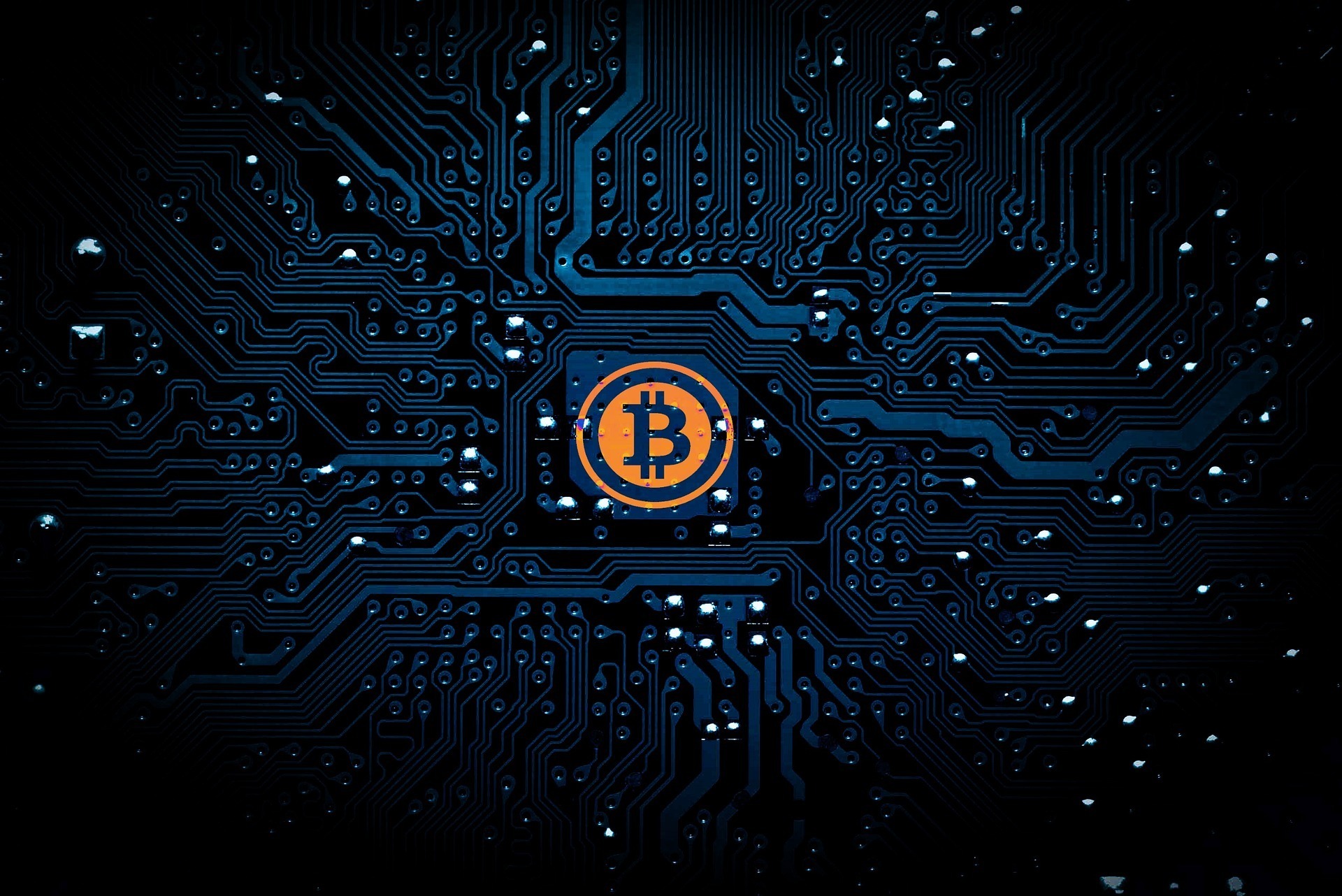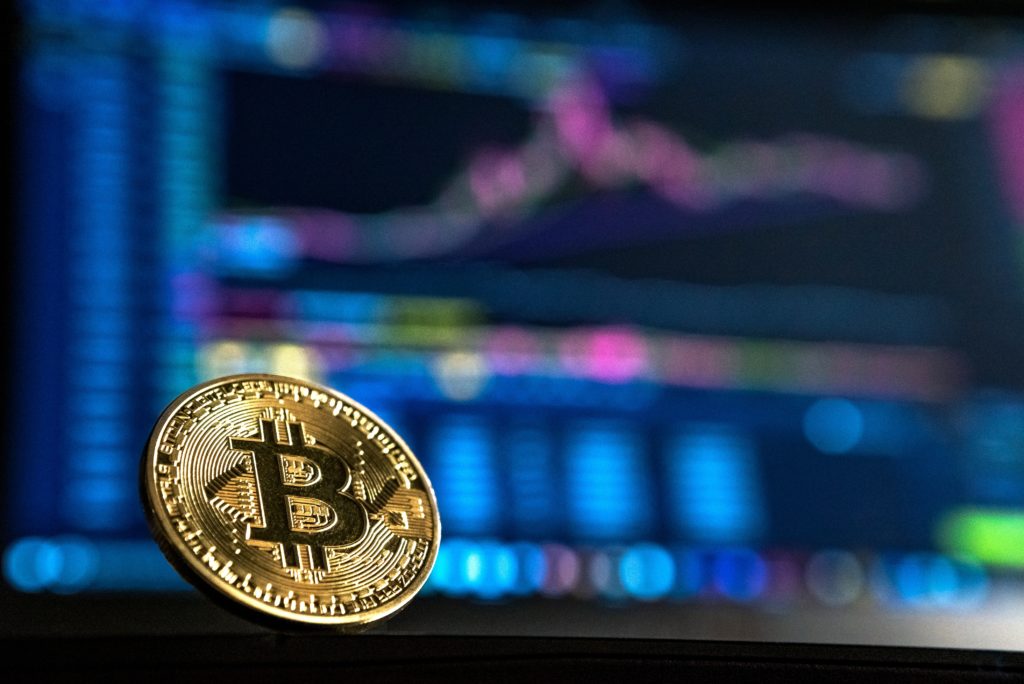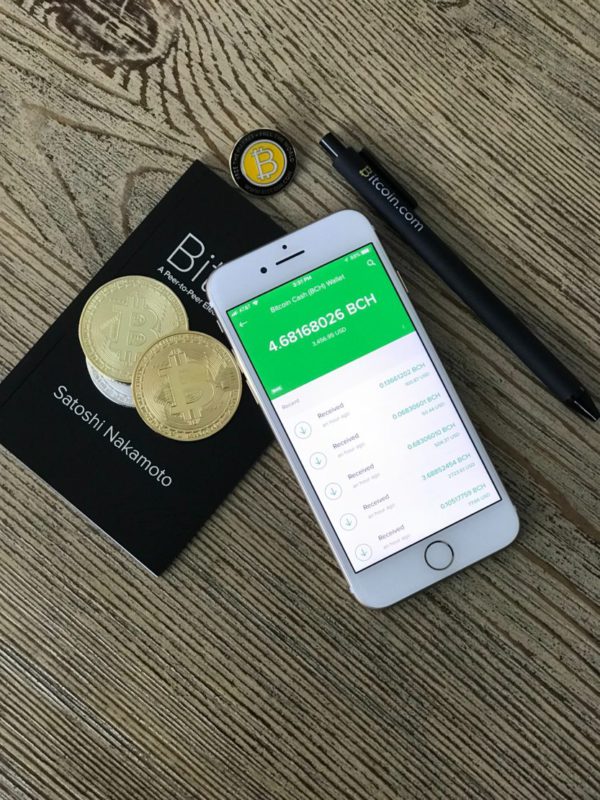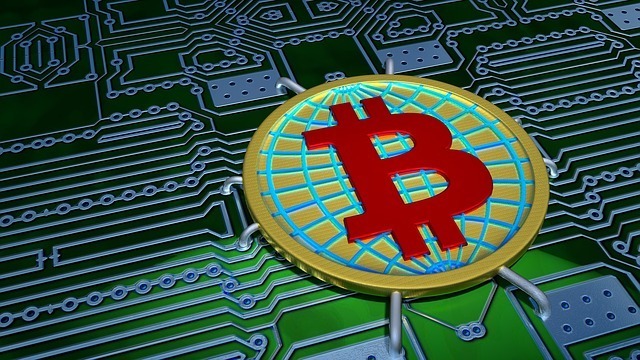Bitcoin network elaborate to confirm the transactions and increase their security
With bitcoin we are faced with a new phenomenon, which is not part of the concept of electronic money. It is a fully decentralized digital currency, not established or controlled by any central bank and therefore not subject to any monetary policy, with a control on the transactions carried out by several independent entities in a decentralized and distributed manner. The absence of intermediaries in transactions considerably lowers their cost (on average, transactions involve a charge to the sender of a bitcoin figure worth approximately € 0.02). The transactions also guarantee almost total anonymity, taking place between public addresses from which it is practically impossible to trace the real identity of the natural or legal person who carries out the exchange of bitcoins. All transactions are totally transparent by being recorded within a distributed ledger), which anyone can view. Whenever a transaction is validated by system users, it remains recorded online within what can be considered a real public domain register in order to guarantee users to be able to verify that transaction at any time. After being validated, the transaction is transformed into a “block” which becomes part of a larger chain, hence the name of the technology blockchain. Finally, Bitcoin guarantees fast transactions (each bitcoin takes on average 10 minutes to be confirmed) and irreversible.
Calculations of the Bitcoin
The series of mathematical calculations that the computers connected to the Bitcoin network elaborate to confirm the transactions and increase their security takes the name of “mining”. As a reward for their services, “miners” are entitled to commissions on the transactions they verify, in addition to a prize consisting of new bitcoins created.
Bitcoin has its roots in the Cypherpunk movement, which arose in the US in the 80s with the aim of using encryption and other technologies in order to protect and improve the privacy of each individual and in the theories of Hayek, a prominent member of the Austrian school, which in its 1976 work The Denationalization of Money, wished for the end of the government monopoly in the issue of money. It does not seem to be an instance that Bitcoin arose immediately after the great crisis of 2008, in an extremely hostile climate towards the quantitative easing and easy money interventions implemented by the Federal Reserve (FED) and other central banks around for the world. More detail can be found at cryptotrader.software.
Other digital currency
In fact, virtual currencies had arisen before the advent of Bitcoin, coinciding with the second phase of development and diffusion of the Internet, dating back to around 2005 and characterized by a strong increase in the interaction between site and user. However, these were currencies that could be used in real interactive “virtual worlds” such as MMPORG (” Massive Multiplayer Online Role-Playing “), role-playing games carried out simultaneously by several people on the net. Among the most famous is Second Life whose virtual economy was based on the exchange of Linden Dollar, usable for the trade of houses, objects and land. The main novelty of these virtual currencies lay in the possibility of converting them back into real currency, on the basis of the reference exchange rate. However, it should be noted that bitcoinsthey do not fall into the category of virtual currencies, but into the macro-category of digital currencies, which in any case includes them. The virtual currencies partly reflect the philosophy of complementary currencies, switching tools with which it is possible to exchange goods and services alongside the official currency. These types of coins, which are not legal tender and accepted on a voluntary basis, have a particular diffusion in the Brixton area, in Great Britain, an area known for its cultural liveliness and multi-ethnic composition of the population.
We immediately considered it essential to identify its legal nature; but bitcoin does not fall within the concept of commodity money, having no intrinsic value, nor of representative currency, representing only itself, nor of fiat currency, not having been issued by any entity. It must therefore be said that, at the moment, cryptocurrencies are not susceptible of a general and shareable definition and that this definitive uncertainty involves some difficulty in identifying the correct applicable legislation.
Stay informed with daily updates from Blockchain Magazine on Google News. Click here to follow us and mark as favorite: [Blockchain Magazine on Google News].
Get Blockchain Insights In Inbox
Stay ahead of the curve with expert analysis and market updates.
latest from tech
Disclaimer: Any post shared by a third-party agency are sponsored and Blockchain Magazine has no views on any such posts. The views and opinions expressed in this post are those of the clients and do not necessarily reflect the official policy or position of Blockchain Magazine. The information provided in this post is for informational purposes only and should not be considered as financial, investment, or professional advice. Blockchain Magazine does not endorse or promote any specific products, services, or companies mentioned in this posts. Readers are encouraged to conduct their own research and consult with a qualified professional before making any financial decisions. The featured image used is just a creative depiction of the title and it does not intend to hurt sentiments of any person or institution. If it hurts anyone sentiments, please do not hesitate to reach out to Blockchain Magazine.

 Bitcoin
Bitcoin  Ethereum
Ethereum  XRP
XRP  Tether
Tether  Solana
Solana  Dogecoin
Dogecoin  USDC
USDC  Cardano
Cardano  Lido Staked Ether
Lido Staked Ether  TRON
TRON  Chainlink
Chainlink  Avalanche
Avalanche  Wrapped stETH
Wrapped stETH  Stellar
Stellar  Wrapped Bitcoin
Wrapped Bitcoin  Sui
Sui  Hedera
Hedera  Toncoin
Toncoin  Shiba Inu
Shiba Inu  WETH
WETH  Polkadot
Polkadot  Parkcoin
Parkcoin  LEO Token
LEO Token  Litecoin
Litecoin  Bitget Token
Bitget Token  Bitcoin Cash
Bitcoin Cash  Uniswap
Uniswap  Official Trump
Official Trump  Hyperliquid
Hyperliquid  Wrapped eETH
Wrapped eETH  Pepe
Pepe  USDS
USDS  NEAR Protocol
NEAR Protocol  Ethena USDe
Ethena USDe  Aave
Aave  Aptos
Aptos  Internet Computer
Internet Computer  Ondo
Ondo  WhiteBIT Coin
WhiteBIT Coin  Ethereum Classic
Ethereum Classic  Monero
Monero  POL (ex-MATIC)
POL (ex-MATIC)  Cronos
Cronos  OKB
OKB  Mantle
Mantle  Dai
Dai  Algorand
Algorand  Render
Render 




